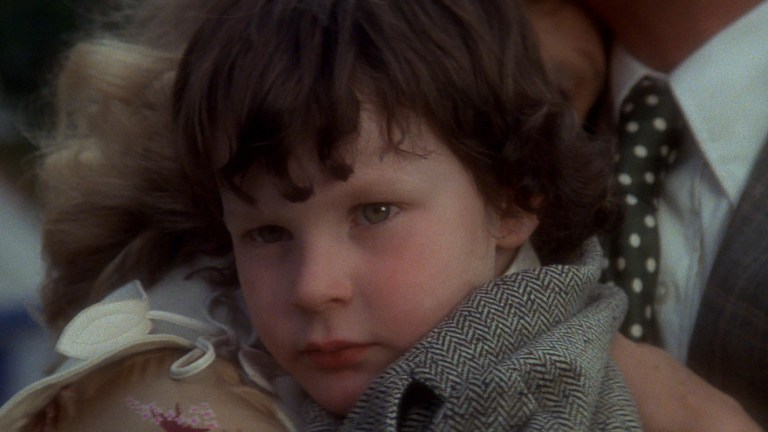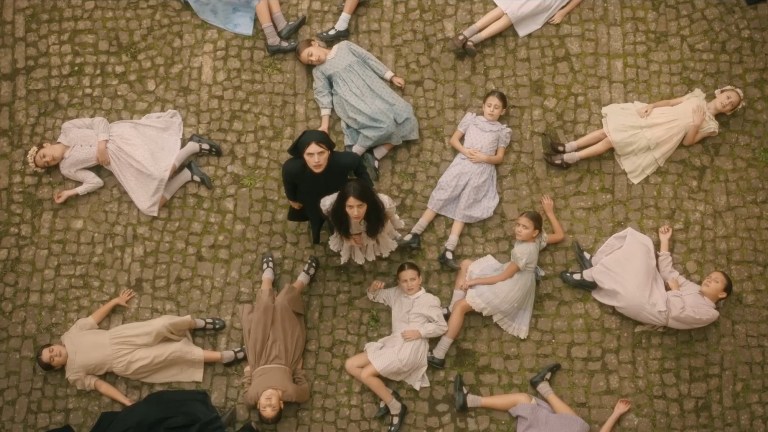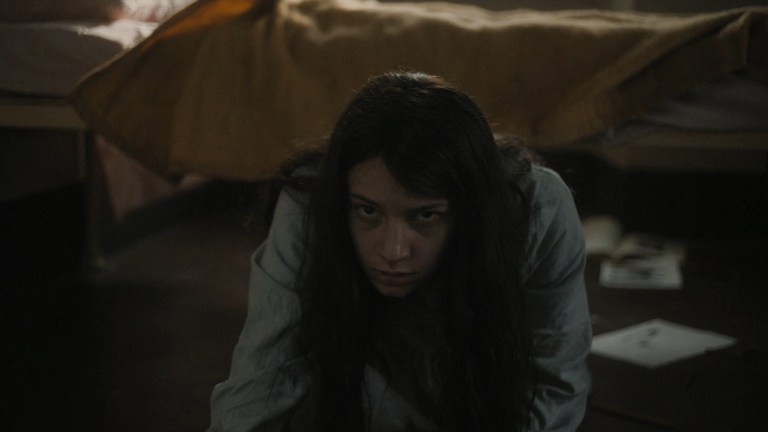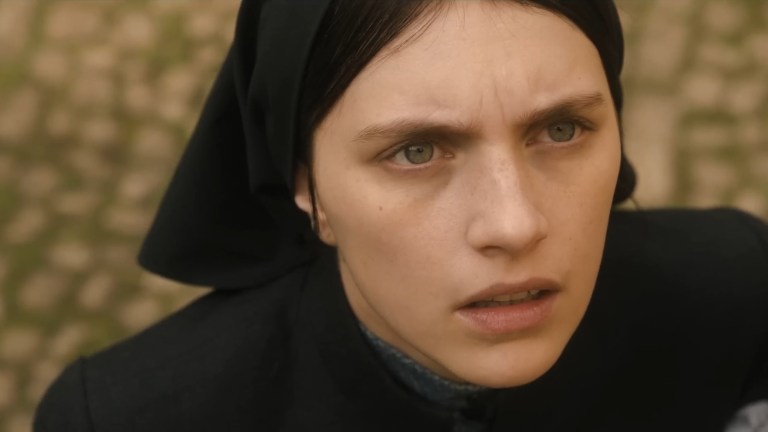‘The First Omen’ Is Everything That’s Wrong With Modern Horror

Table of Contents
No one asked for The First Omen. In fact, The Omen peaked with the original movie back in 1976, and it’s been all downhill ever since then. That said, there’s no disputing that the story of an evil child destined to become the Antichrist inspired an entire subgenre of horror. Viewers found a special place in their cold, dark hearts for Damien Thorn’s wickedness and shenanigans, which proved to be the hook of the franchise.

Arkasha Stevenson’s The First Omen covers the events before Damien’s birth in an attempt to make sense of why someone decided to breed the son of a jackal in the first place. Ultimately, though, this culminates in a pointless prequel that showcases the worst traits of modern-day horror.
An Attempt to Over-Explain Everything

In film, backstories exist to give an understanding of a character’s motivations, and The Omen does already shed light on Damien’s origin. The premise is simple: Diplomat Robert Thorn (Gregory Peck) is told his son died during birth, and Robert accepts a baby switcheroo that sees him and his wife, Kathy (Lee Remick), become Damien’s parents. Wherever Damien is, though, trouble seems to follow. Years later, Robert discovers the child switch had been a devious scheme carefully orchestrated by satanists, and that Damien is really the Antichrist. The end goal is for Damien to find himself as the head of state where he will be able to cause unthinkable chaos and bring about the apocalypse. In terms of Christian theology, the motivation isn’t too difficult to comprehend here as the satanists banded together to ensure the Antichrist is born and becomes the harbinger of doom. This isn’t Inception; it’s a simple plot.
The First Omen decides to dig even deeper and go further back, exploring those who are responsible for Damien’s birth. In doing so, however, the story changes the lore to a laughably ridiculous extent. In this version, a faction of the Catholic Church aids Satan in creating the Antichrist because they believe people are moving away from the church. By birthing a monster set to bring about the end of days, they believe they will scare people into going back to the church. Sorry… what? How does this even make sense?! It’s like trying to win the Super Bowl by playing with a hand grenade.

As John Carpenter’s Halloween demonstrated, it’s fine to say evil exists and not elaborate too much on it. The fear of the unknown is one of the horror genre’s most effective techniques and creates an organic tension in any story. The First Omen becomes a convoluted mess—and canon-breaker—because it tries to throw too many wrenches into the narrative mechanics of the franchise. In an attempt to explain everything, nothing makes sense anymore.
Rosemary’s Baby Already Did the Exact Same Story

What’s the most surprising about The First Omen is how it lifts all its major beats from Rosemary’s Baby, especially in terms of how Nell Tiger Free’s Margaret Daino is groomed to birth the Antichrist. While it’s understandable, since the Roman Polanski-directed film feels like a natural prequel to The Omen, it does make one wonder if originality is dead in modern horror blockbusters. Anyone who has watched the classic 1968 film will be able to spot the twists and turns in The First Omen from a mile away. From the people gaslighting Margaret to those who deceive and stab her in the back to get what they want, her arc plays out much like Mia Farrow’s Rosemary Woodhouse. It’s impossible to watch the film and not predict what’s coming because it sticks so closely to Rosemary’s Baby.
Of course, homage is nothing new in the genre, and director Arkasha Stevenson wears her various influences on her sleeve here, but The First Omen is the franchise’s first effort in nearly 20 years. If all it can be is a riff of a better film from the past, it does beg the question: What’s the point of this movie then?
The First Omen’s Trope Problem

Look, The First Omen had a major problem to begin with. Since The Omen is directly responsible for the rise in popularity of a number of horror tropes, this film would feel clichéd if it followed in the footsteps of the original, or off-brand if it didn’t. That said, the movie leans a little too heavy into the tropes that it almost plays out like a parody of the genre.
For instance: Nicole Sorace’s Carlita Skianna. The character is the weird kid of the Vizzardeli Orphanage and the one everyone suspects will be the vessel to birth the Antichrist in the end. A loner, Carlita doesn’t speak much or hang around with others, often being seen drawing dark and scary pictures that wouldn’t look out of place as album cover artwork for the metal band Slayer. Sure, Carlita’s odd behavior attempts to throw people off the scent of Margaret’s true purpose in this story, but this trope needs to be retired altogether in the genre. It’s tired and lazy to the point in which people laugh at these characters when they’re on screen.

That isn’t the worst of it, though. There’s also a secret room that can only be accessed by a key found in the abbess’s office, which is hanging freely underneath her table. This room holds records of all the murders and experiments done at the orphanage in an effort to birth the Antichrist. There are photos of the children and every file is categorized in alphabetical order, because if someone is committing a criminal activity, they need to make sure everything is documented and organized in an easy-to-understand manner, right?
To top it all off, when Margaret finds out about the Mark of the Beast, she’s so panicked about seeing it on someone else that she forgets she has the same mark on her head. It’s as if she has never combed her hair or looked at herself in a mirror in all the time she has been alive.
If anything, The First Omen demonstrates how the horror genre needs to look forward rather than back. Unless there’s a good reason to revisit a popular franchise, it’s best to leave well enough alone here. Otherwise, it becomes about making a movie for a movie’s sake. Sadly, this is what The First Omen is, as it fails to add anything of value to The Omen‘s legacy.
